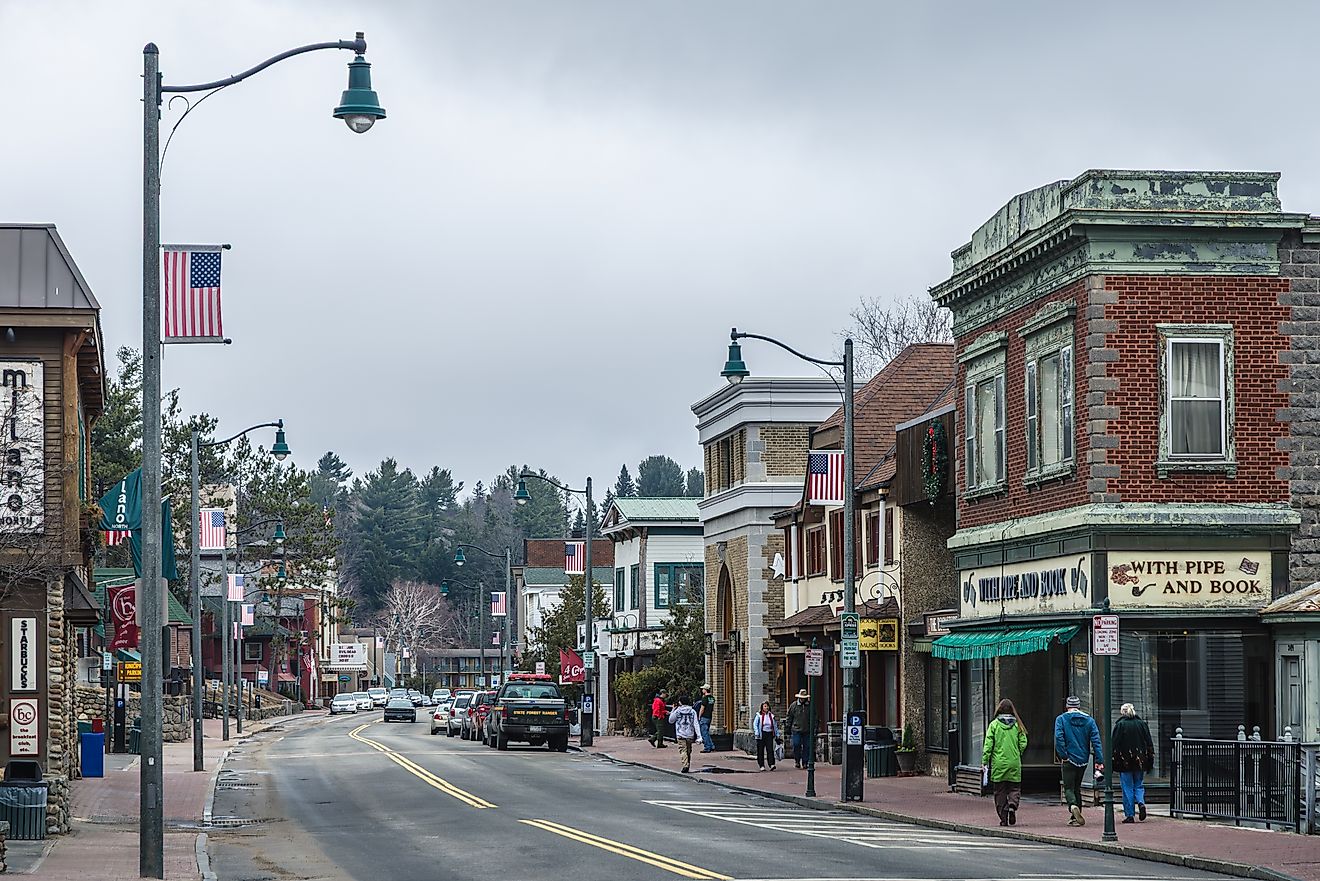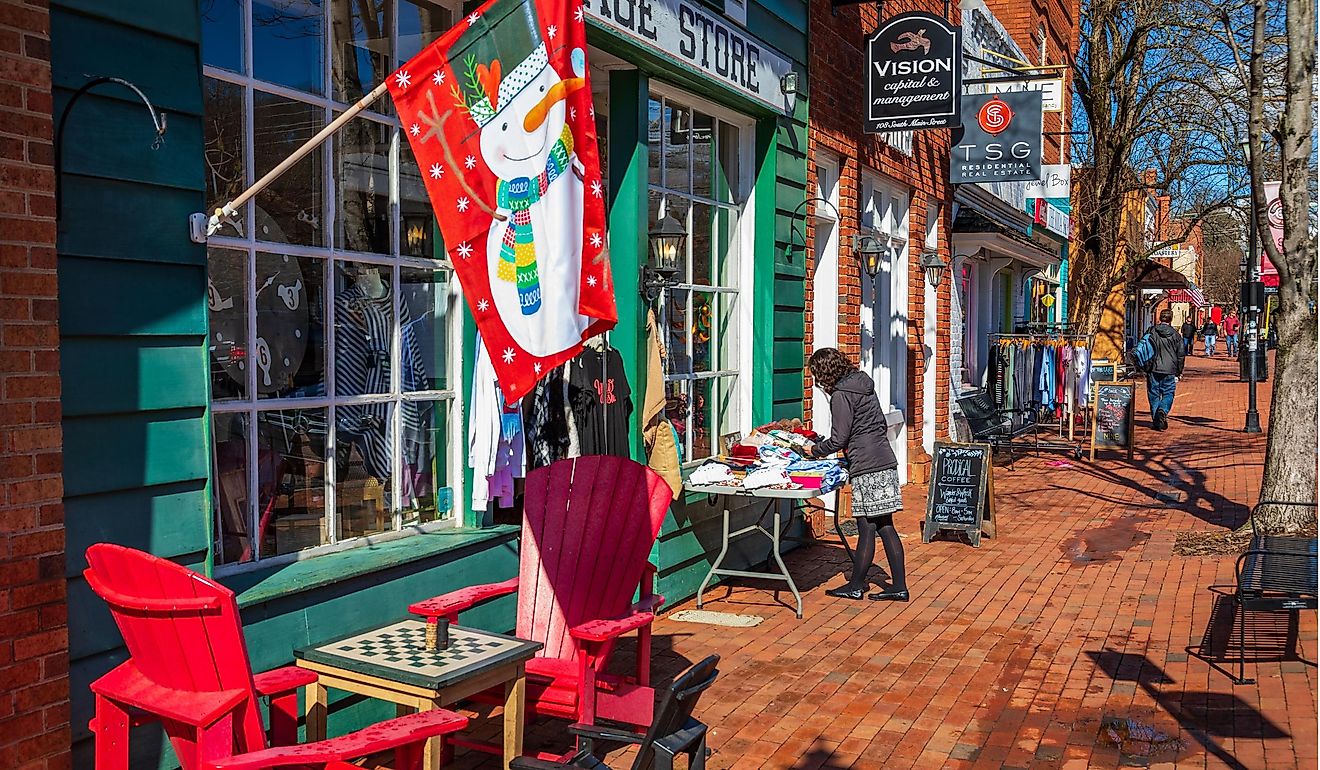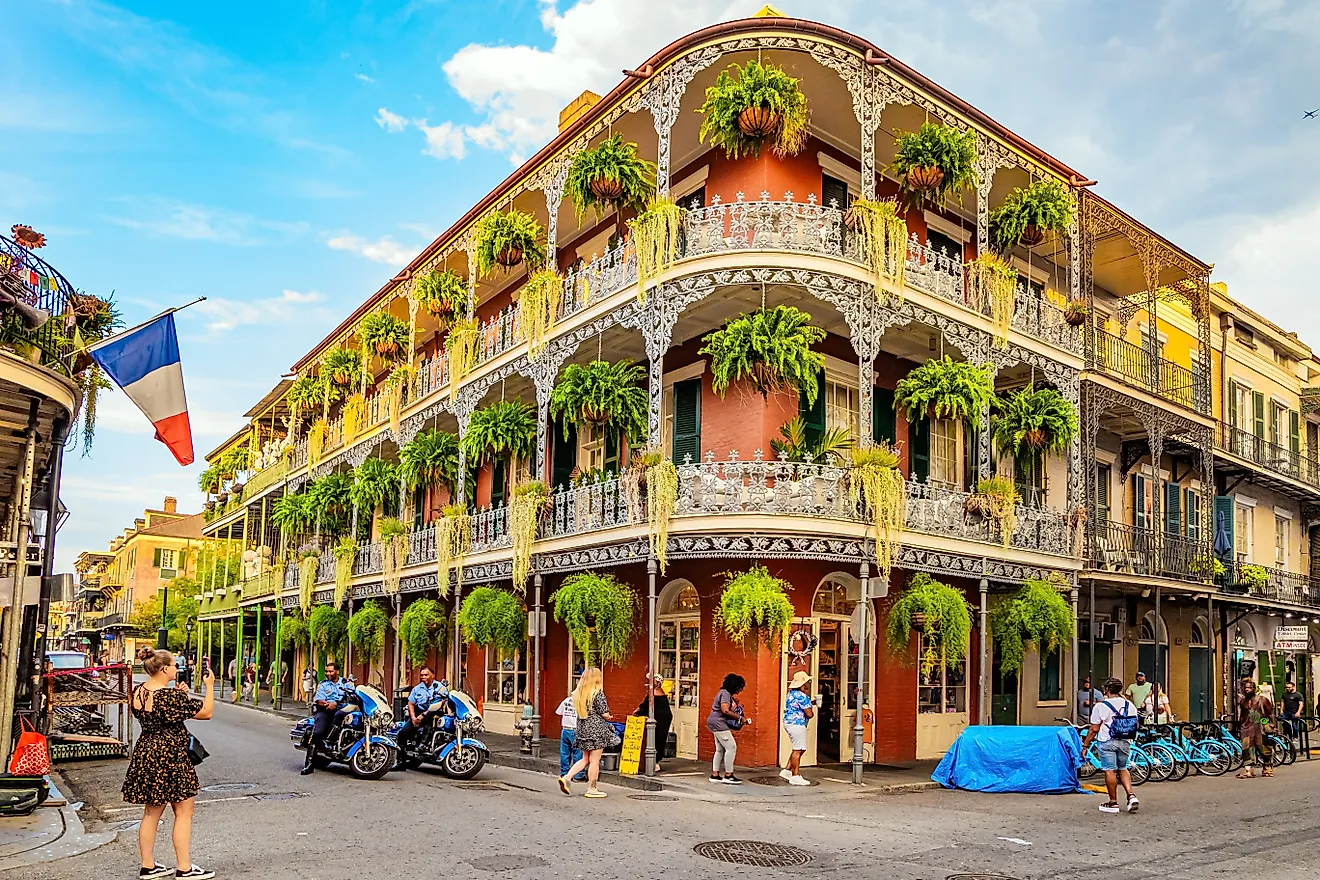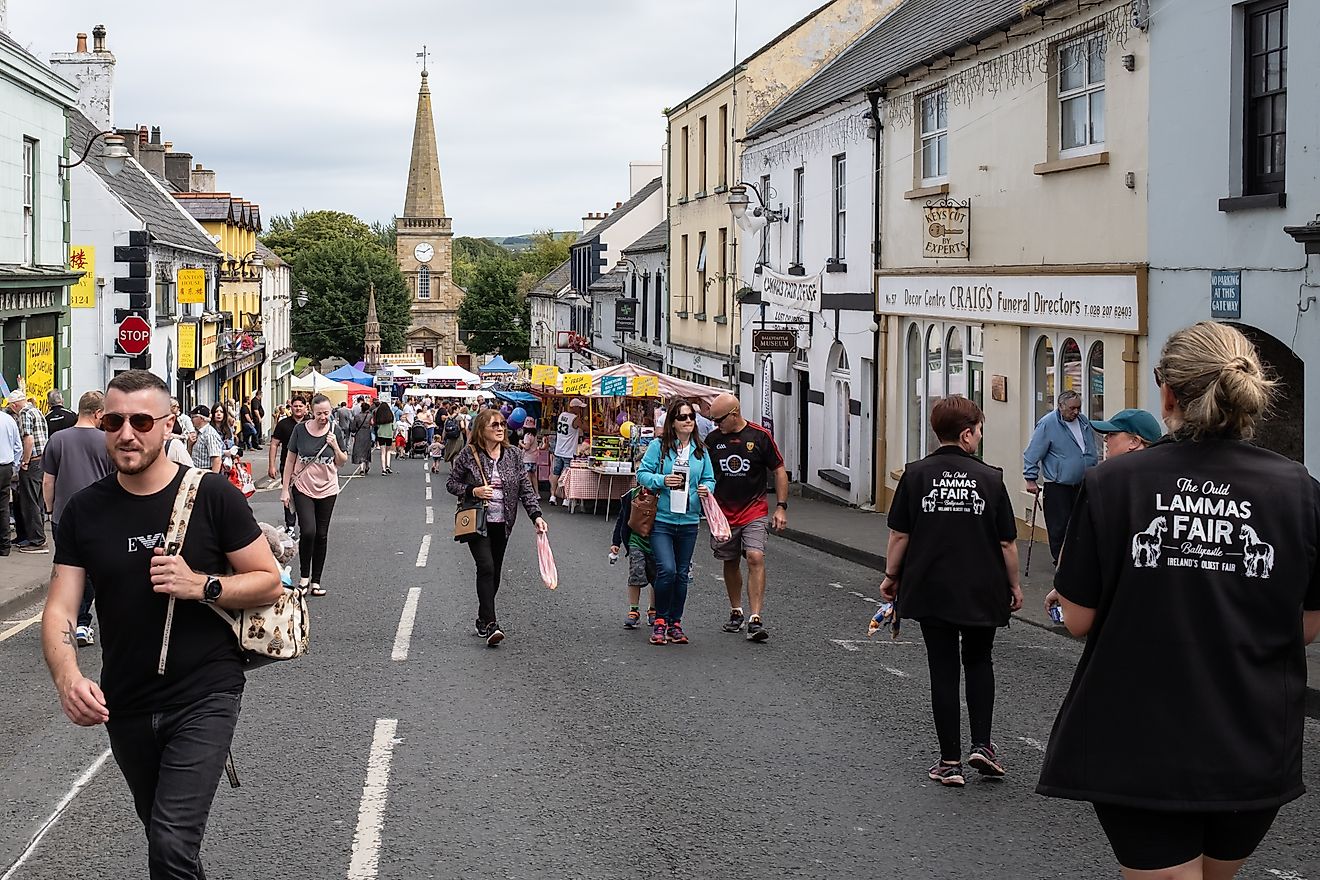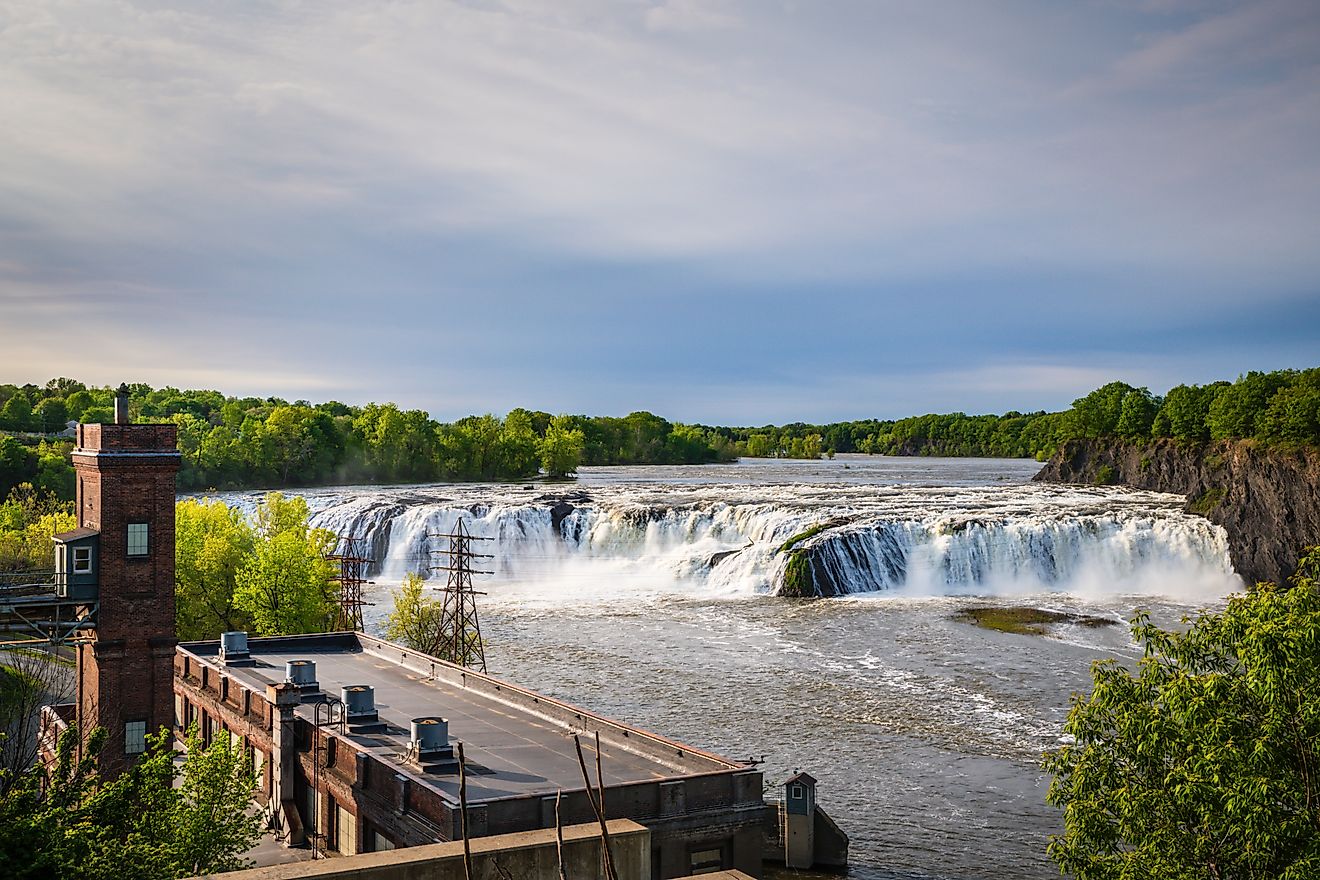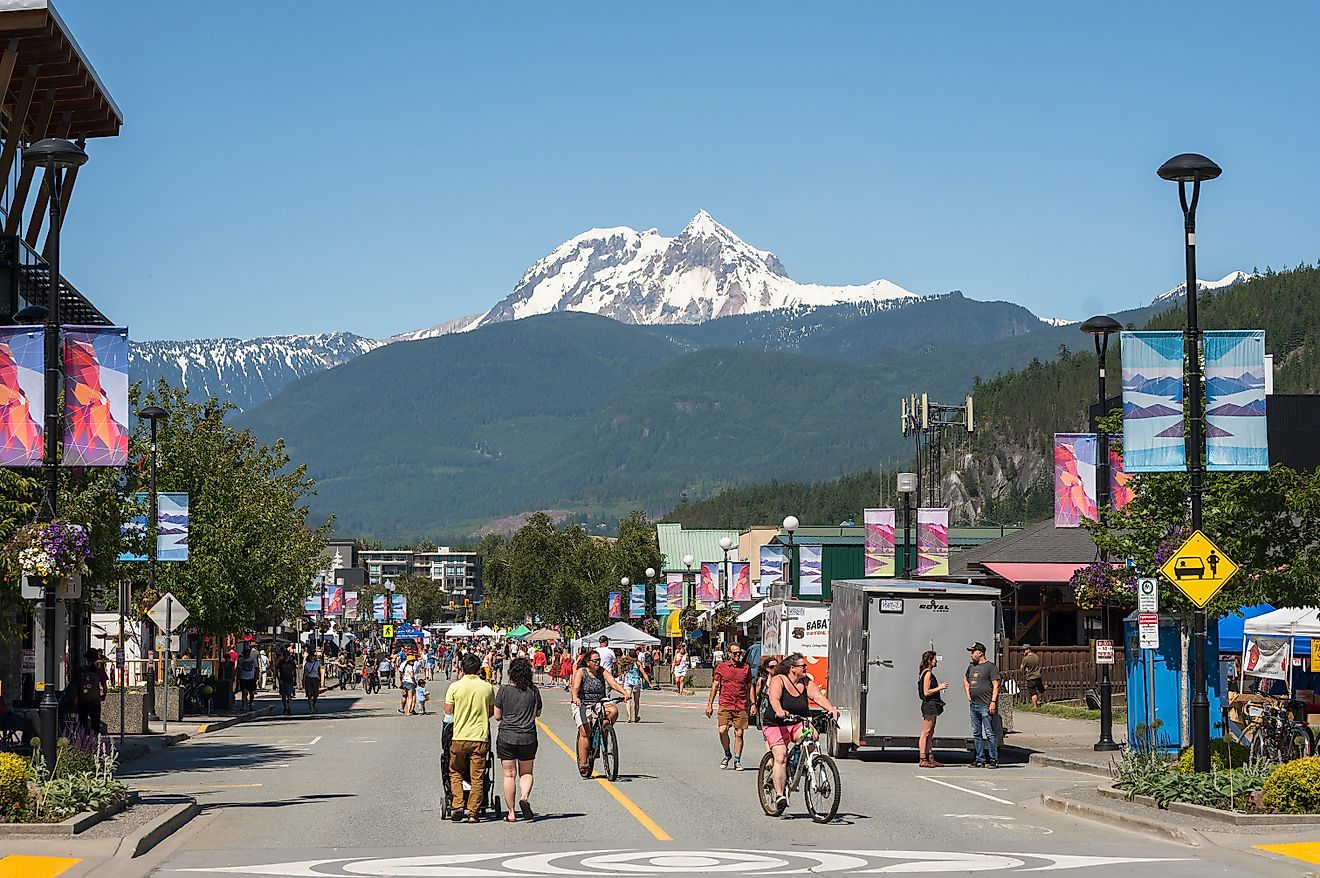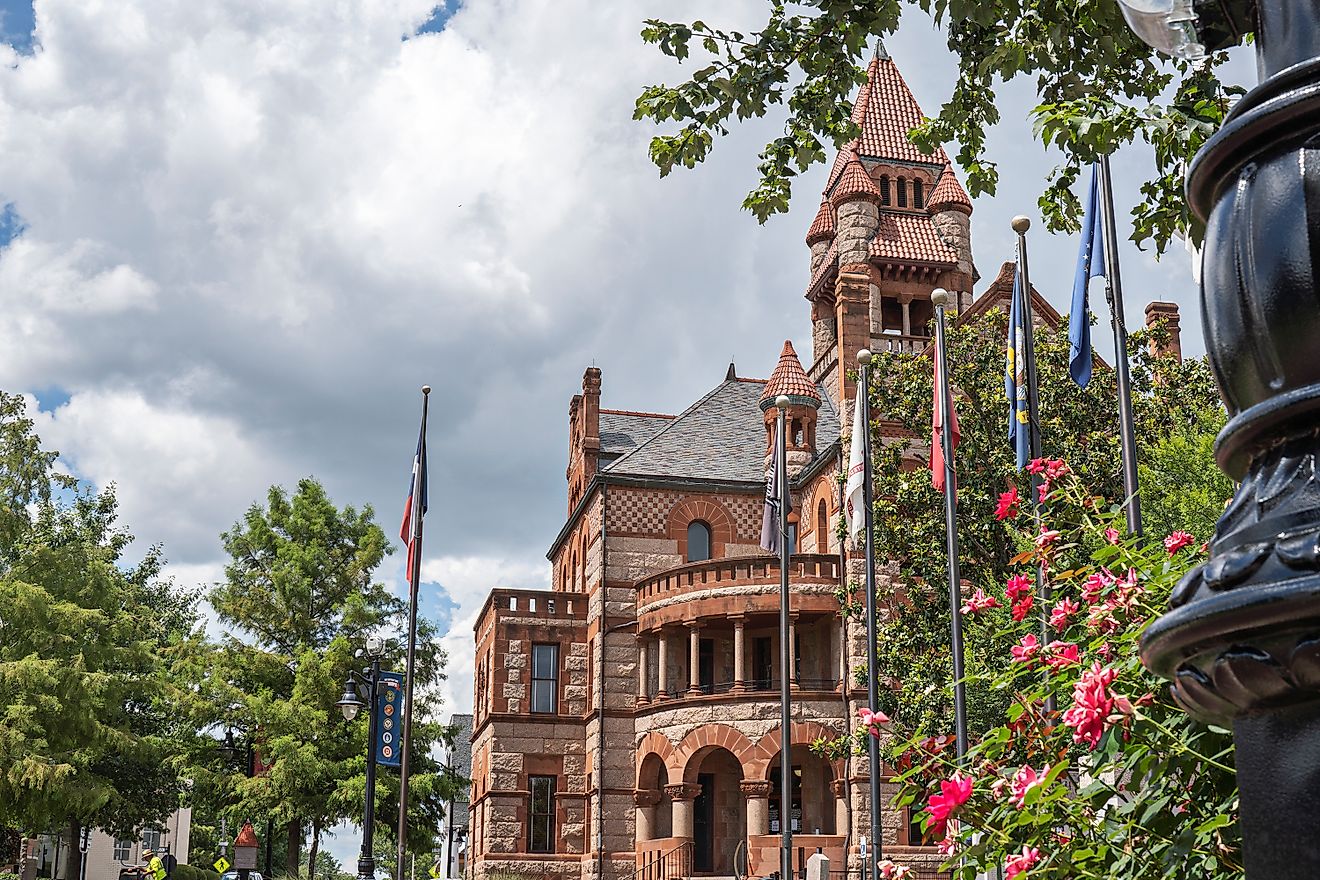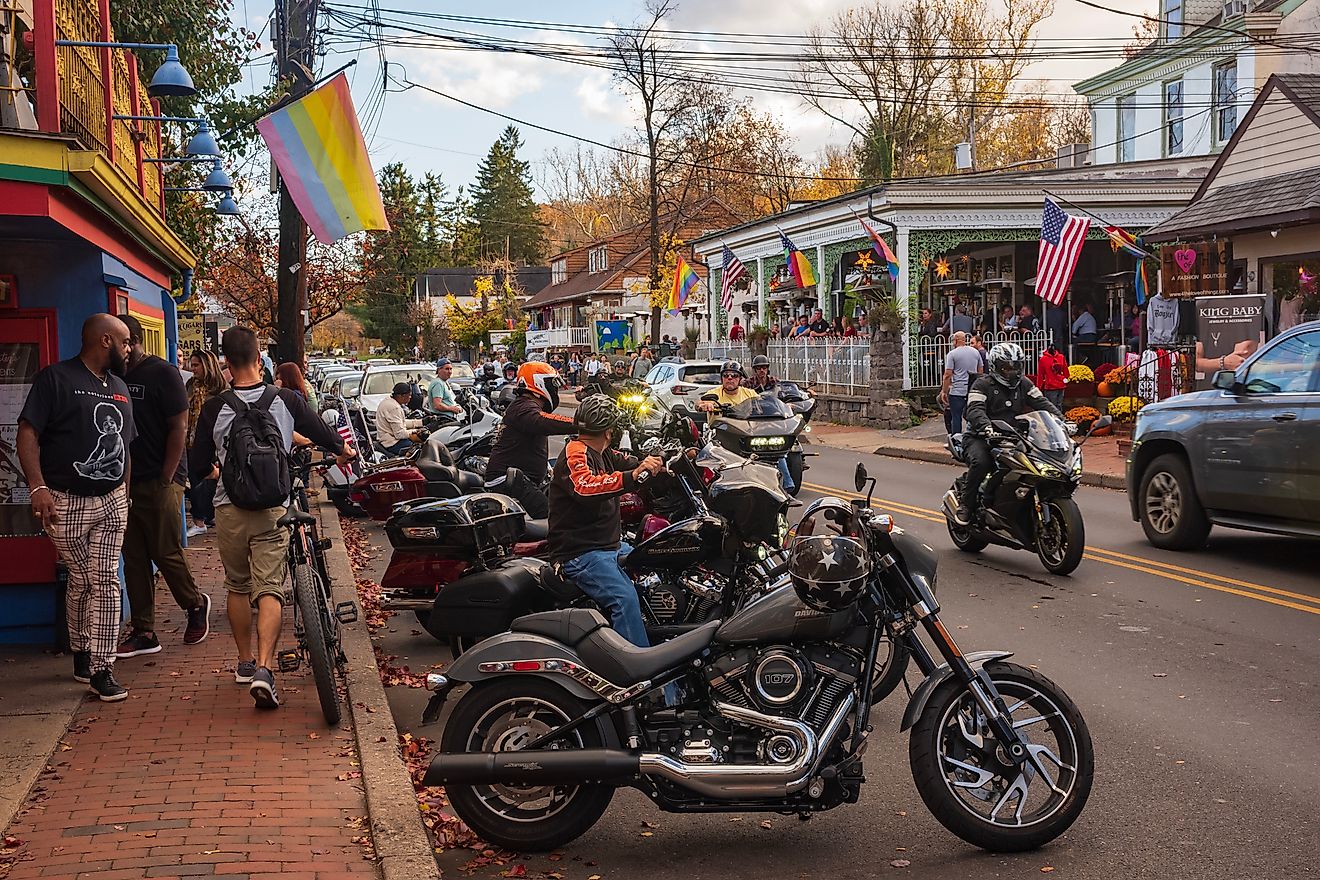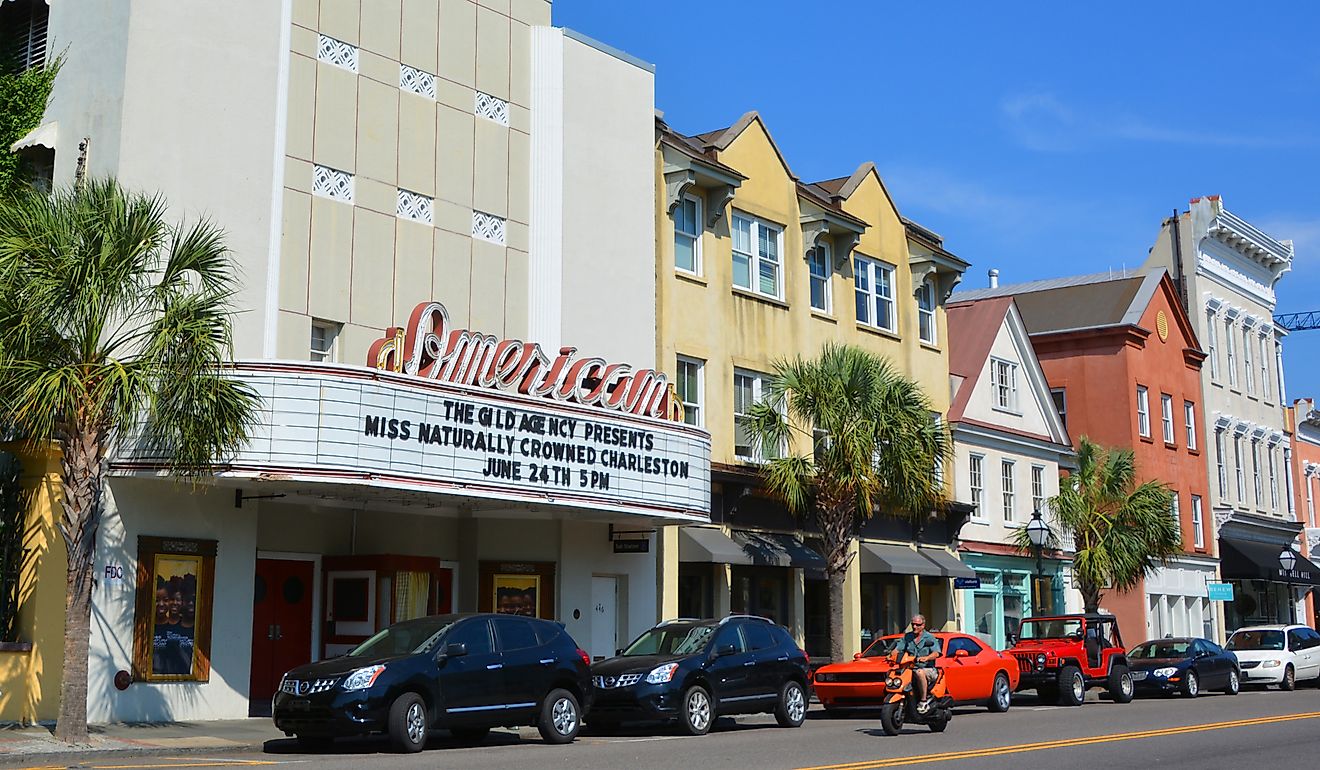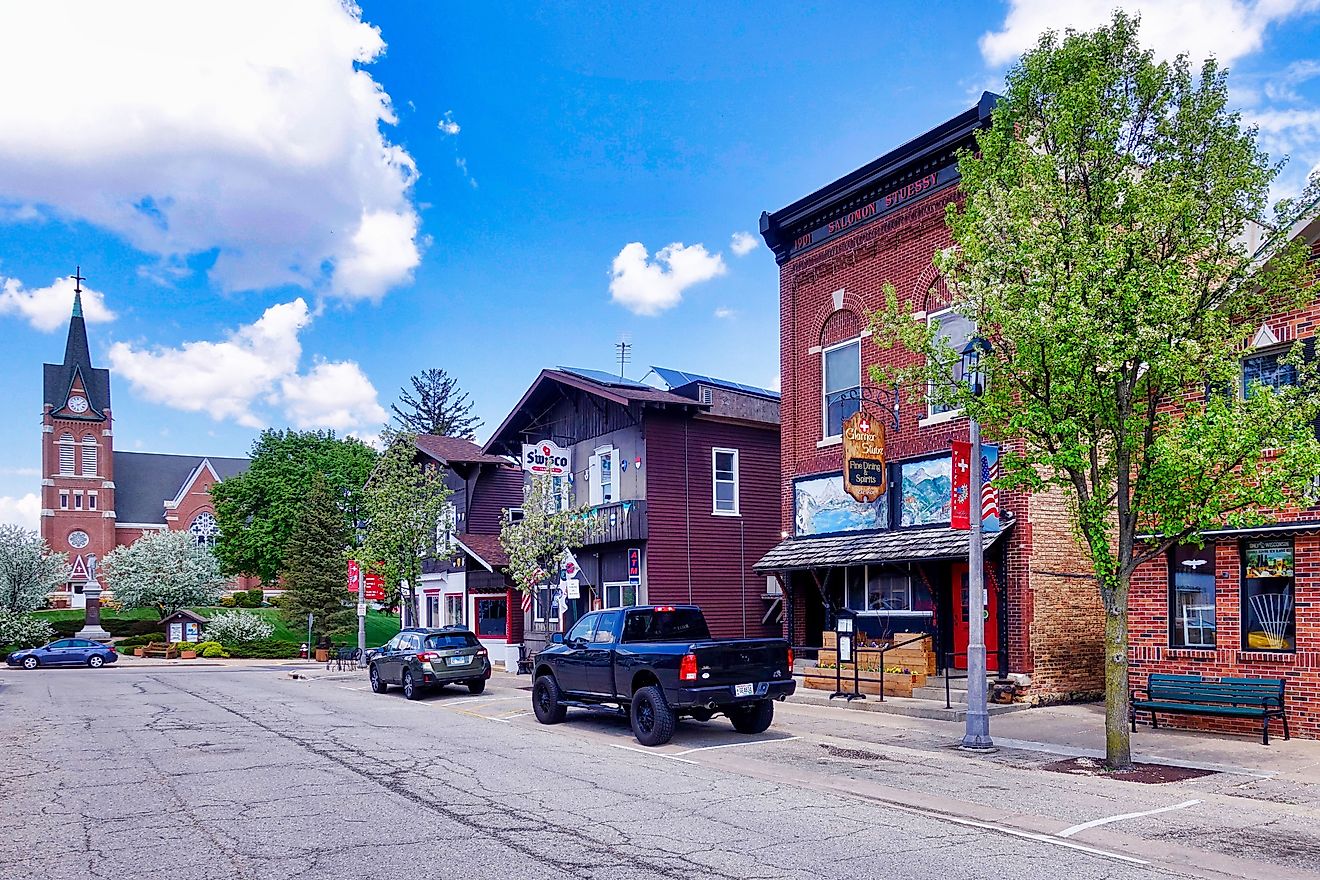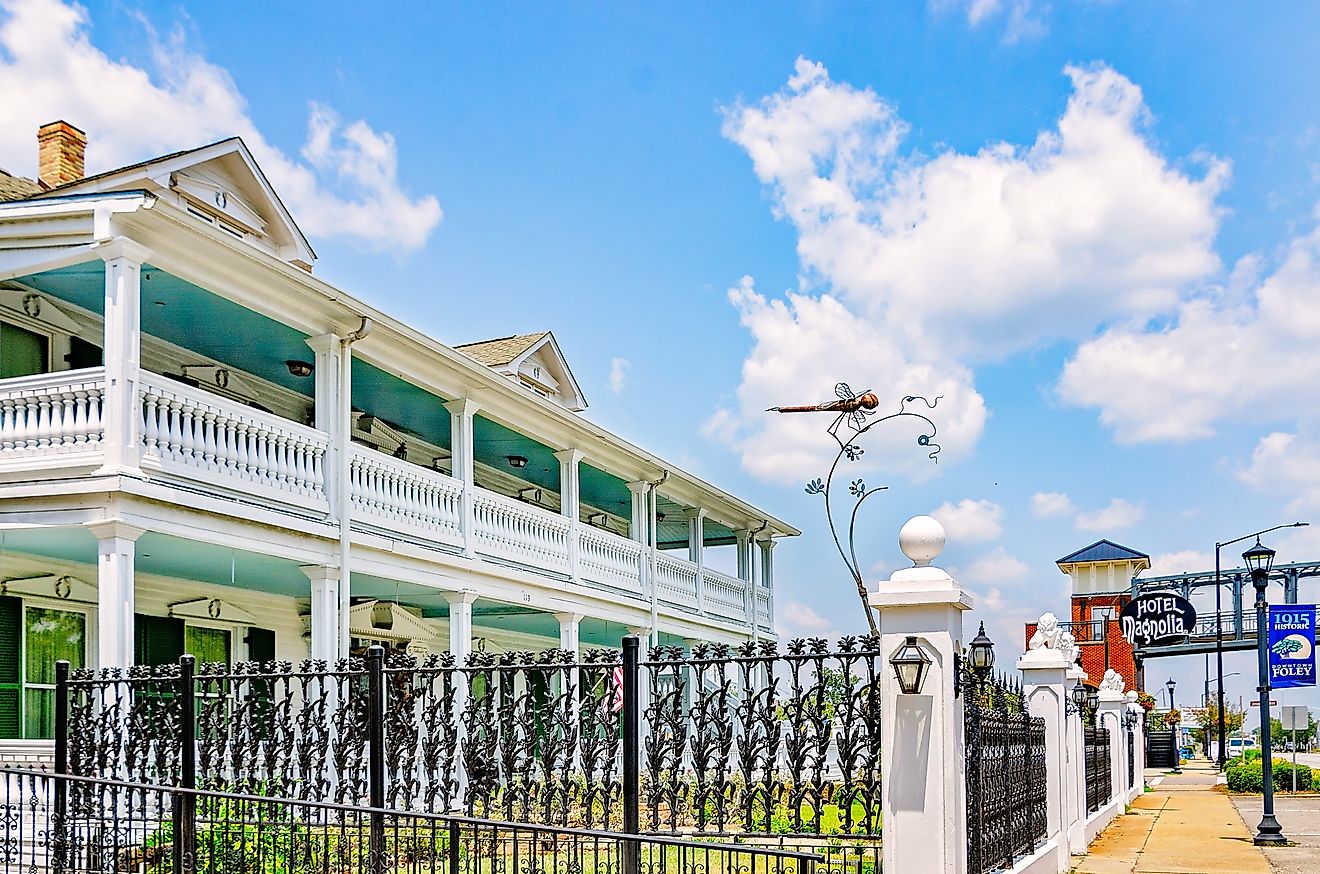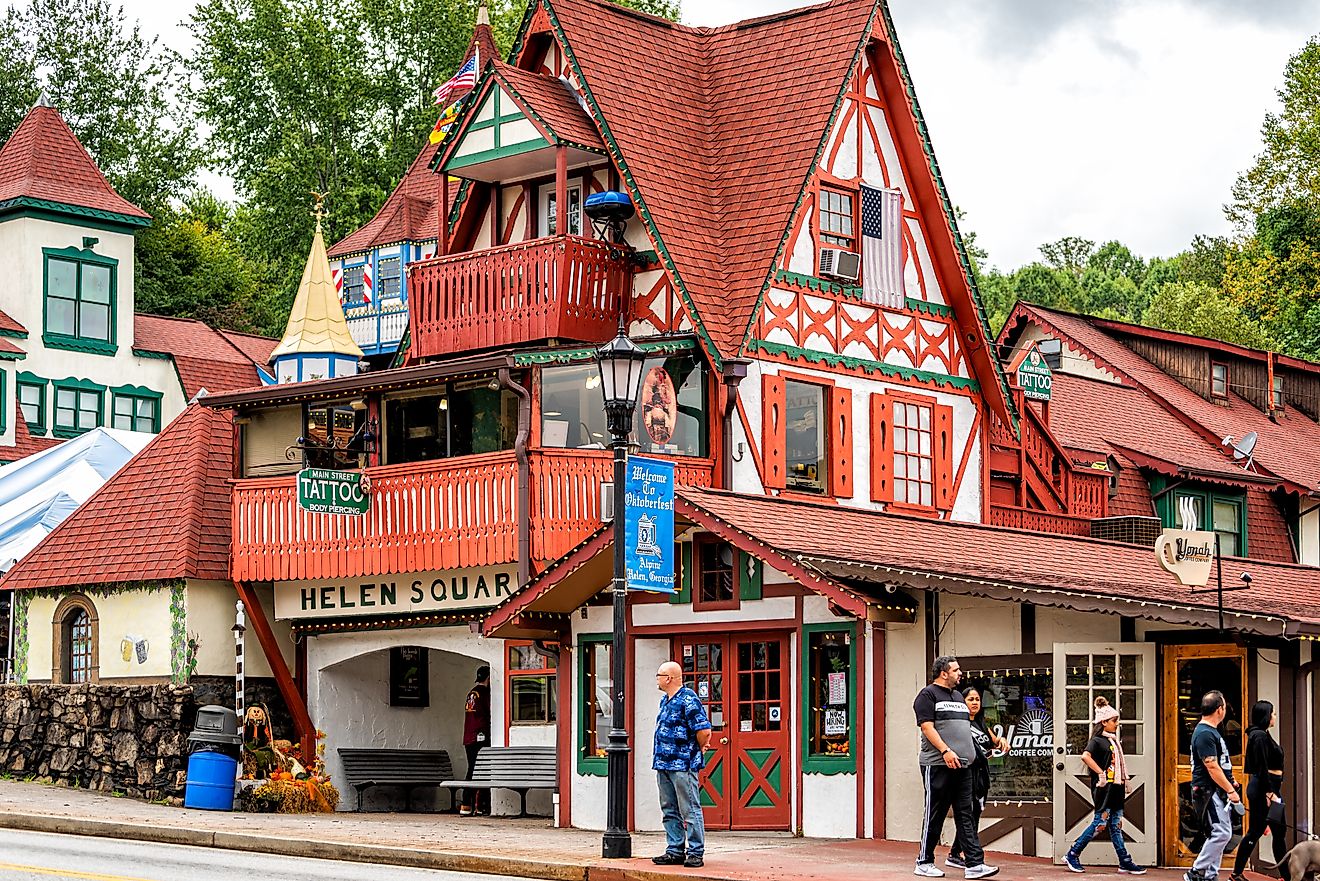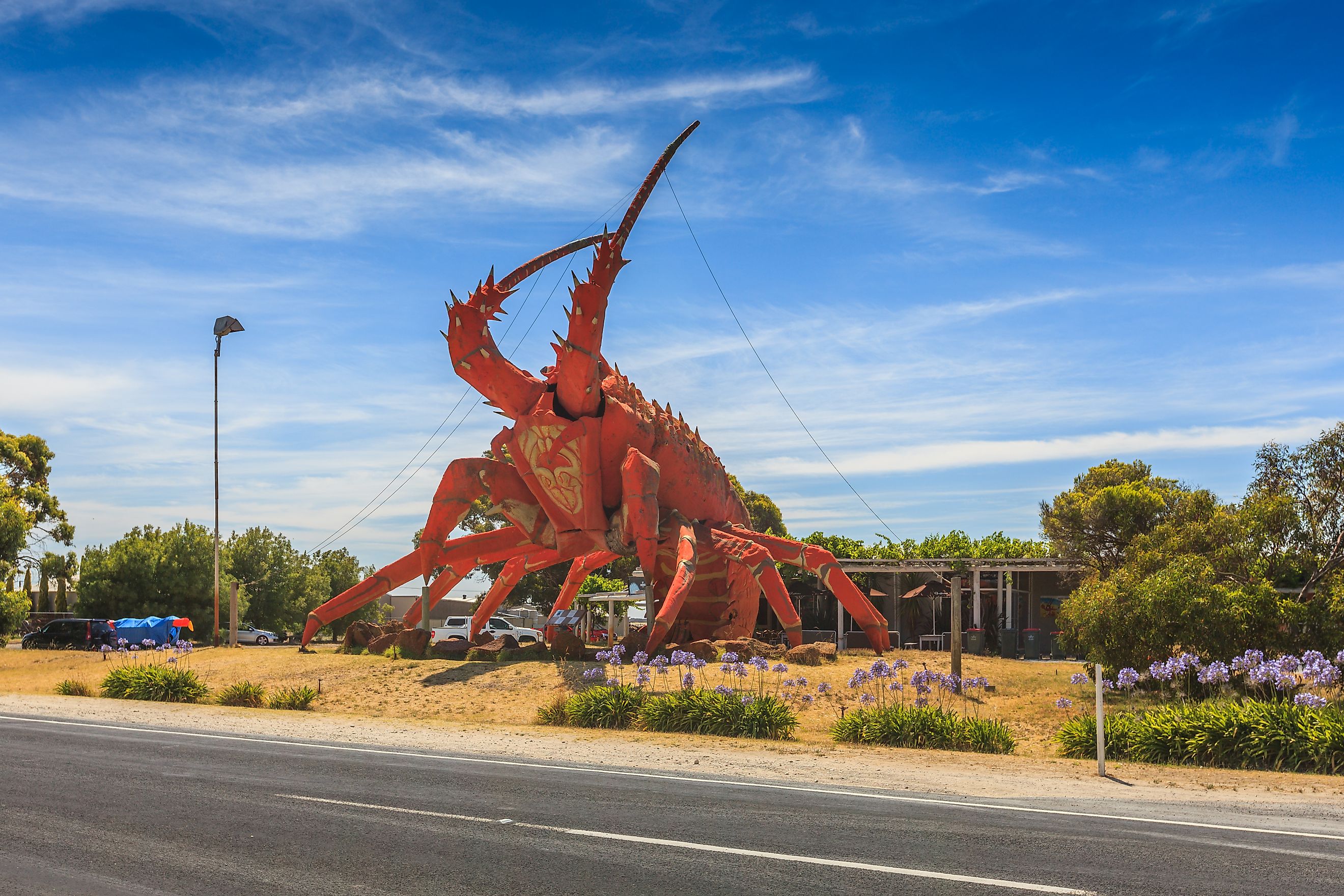
12 Quirkiest Australia Towns You Didn't Know Existed
Australia's diversity has it all, from pulsing city life to the untamed beauty of the outback and rainforests. Lush green valleys are dotted with wineries and foodie experiences, while miles upon miles of coastline offer endless beach towns. For the traveler who hates crowds at everyday tourist towns, Australia also has an edgier, offbeat side. Here are 12 of the quirkiest Australian towns you didn’t know existed, from Hyden’s epic inland surf wave at Wave Rock to Humpty Doo’s giant boxing crocodile waiting for your selfie.
Hyden, Western Australia
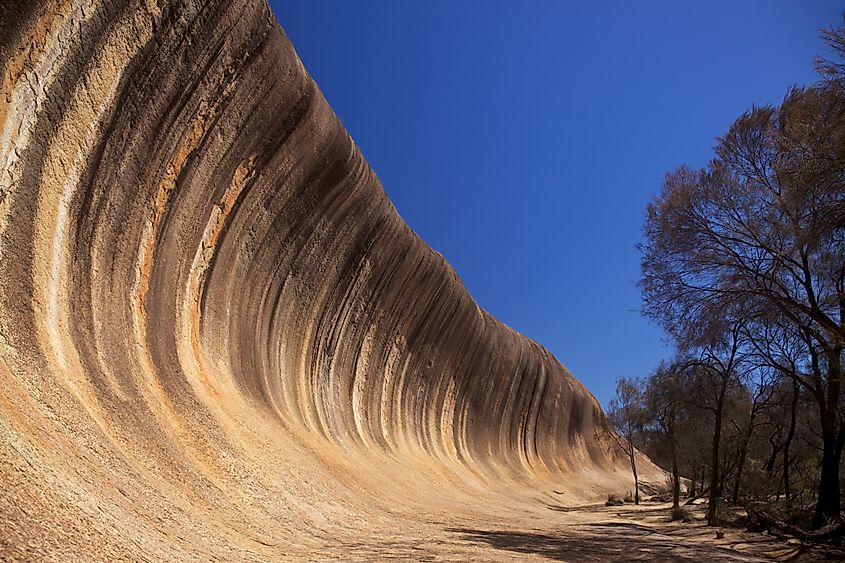
Located in Western Australia, Hyden is home to the only inland destination boasting a massive wave. Spanning about 110 meters, the spectacular Wave Rock, made of multi-colored granite, rises almost 15 meters above the outback plain, poised in mid-barrel for all eternity. Hyden is also home to Mulka's Cave, featuring over 450 ancient rock paintings depicting a local Aboriginal legend. Learn why Mulka’s giant handprints remain high on the cave wall, well out of the average man’s reach.
Hyden Street Scape art is all-out quirky, featuring sculptures cleverly crafted from old rusty machine parts and scrap metal, depicting the town's history and culture. To end your day, sip cocktails while listening to the dulcet sounds of a baby grand piano at the Wave Rock Hotel’s Salmon Gum Lounge.
Mount Surprise, Queensland
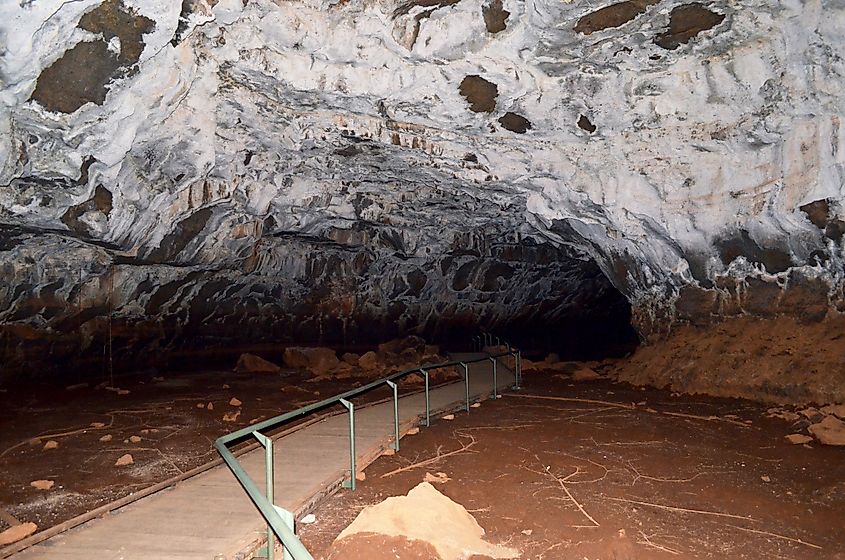
Queensland's Mount Surprise is known for the unconventional pastime of "fossicking" for gems from topaz to spinel and garnet to aquamarine—not your average vacation activity. Mount Surprise is also the closest town to the impressive ancient lava tubes formed at Undara Volcanic National Park 190,000 years ago. The lava tubes are the longest phenomenon of their kind, spanning over 100 kilometers, including a 35-kilometer-long, almost perfectly level ridge rarely seen in nature.
Spend the night at the Talaroo Hot Springs, where you can luxuriate in private soaking pools or join local Ewamian people at the Yarning Circle for stories around a fire. The springs are a geological wonder in a surreal outback landscape for an unforgettable outdoor experience. If you prefer quirky luxury, a stay in a restored turn-of-the-century railway carriage at Undara Lava Tube Lodge makes it clear why the carriages won Australian Tourism’s Award for the most unique accommodation.
Humpty Doo, Northern Territory
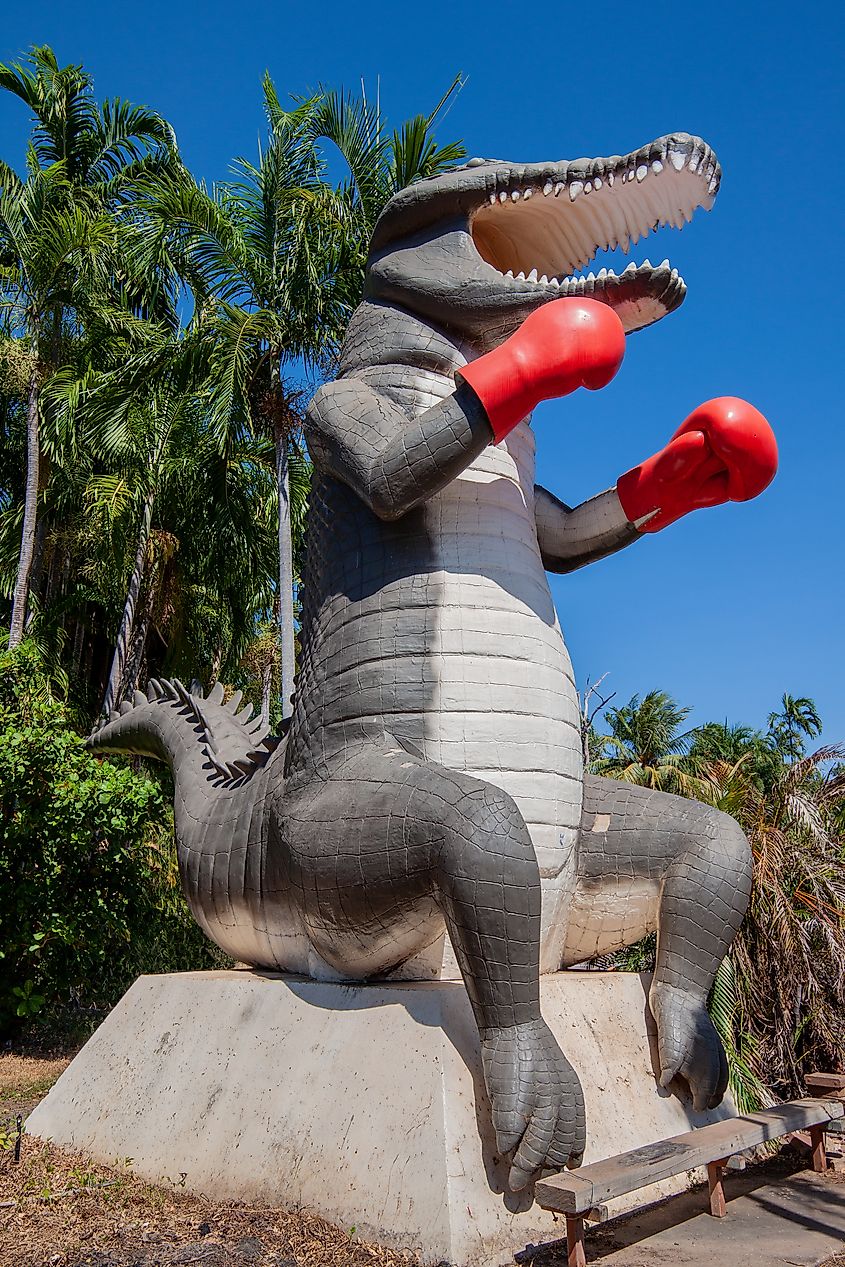
Located in the Northern Territory, or “top end,” of Australia, Humpty Doo is part of the Darwin Region. What can one say about a town known for its giant boxing crocodile and a church with no walls? Quirky certainly comes to mind. Standing approximately six meters tall, the fiberglass crocodile, adorned with red boxing gloves, draws in curious visitors and amused onlookers eager to take a selfie with the scaly pugilist. The Humpty Doo Living Water Uniting Church is another point of intrigue where worshippers gather sans the walls to capture any breezes to help keep congregants cool. At first glance, it appears like many churches of its kind. However, a closer look shows the side walls are missing, creating an open-air gathering place with a cross breeze. All are welcome.
The Didgeridoo Hut and Art Gallery preserves and showcases Northern Territory Aboriginal artists with a unique twist focused on intricately carved traditional didgeridoos. In hand with Aboriginal paintings, visitors develop a deeper appreciation for the culture and the meaning of the art pieces. Lastly on your quirky trip, visit the world-famous Humpty Doo Hotel which features a bistro, bar, and a choice of cabins or motel rooms. The hotel pool is an unexpectedly quiet oasis surrounded by shady trees, and the chef’s restorative menu keeps guests well fed.
Kingston SE, South Australia
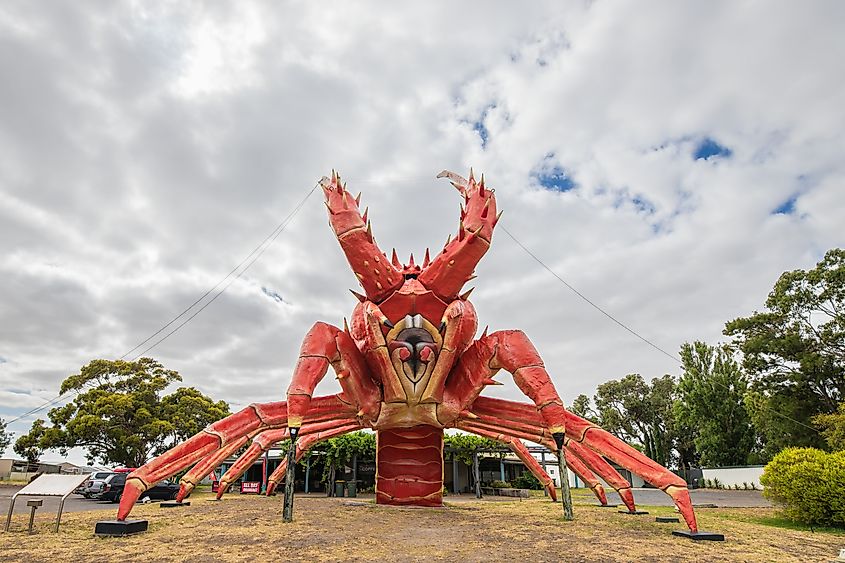
Situated on South Australia’s Limestone Coast, Kingston SE is known for its southern rock lobster. That explains the town’s main attraction, a giant lobster. Good old Larry has greeted visitors since 1979. Standing 17 meters tall, he makes the list of top Australian “Big Things.” A collection of open-air art installations includes an impressive boardwalk heading into the distance at Pinkerton’s Butchery, giant frolicking fish brought to life through an augmented reality app, and the Lifetime of Friendship Mosaic on the Council Office wall.
Enjoy dinner and drinks at the historic Crown Inn’s beer garden and spend the night in one of their inviting rooms. For an authentic lobster experience, Lacepede Seafood opens each September, selling cooked Southern Rock Lobsters and their killer fish & chips.
Penguin, Tasmania
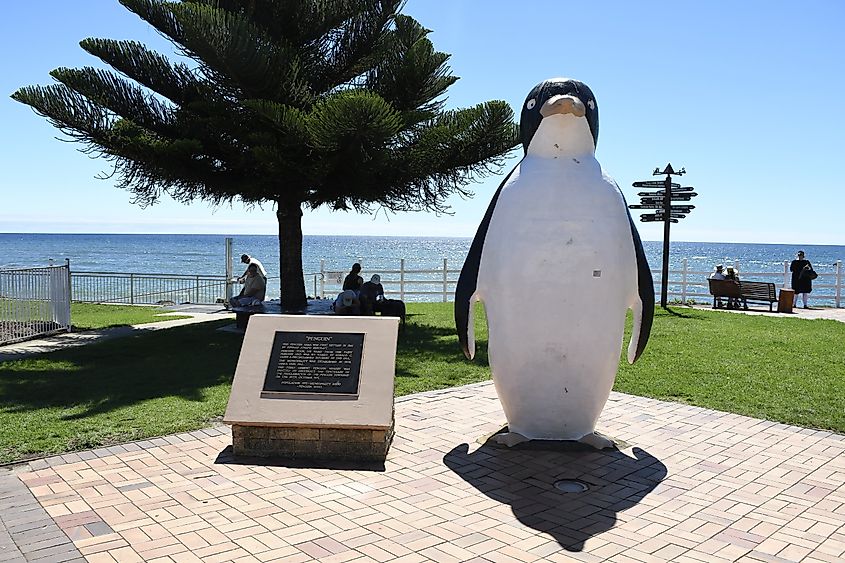
No doubt, the oddball appeal of this town begins with its name, celebrating the sweet Fairy Penguins of Tasmania’s northwest coast. However, the giant penguin statue in the center of town is a sightseeing curiosity. Standing three meters tall, this friendly fella sits near the shore waiting for his next selfie. November through March is the best time of year to watch the little penguins return home after hunting in Bass Strait. They make an amusing picture bobbing on the waves as they head to their beachside homes at dusk.
The Penguin Heritage Trail self-guided tour takes you to over two dozen historic sites, including Penguin General Cemetery, where the views of the town and sparkling Bass Strait offer a serene spot to appreciate the town’s brilliance. As for accommodation, the Neptune Grand Hotel is an edgy hub with a bar, bistro, and gaming area. Diners indulge in modern Aussie cuisine under the watchful eyes of an impressive, massive mural.
White Cliffs, New South Wales
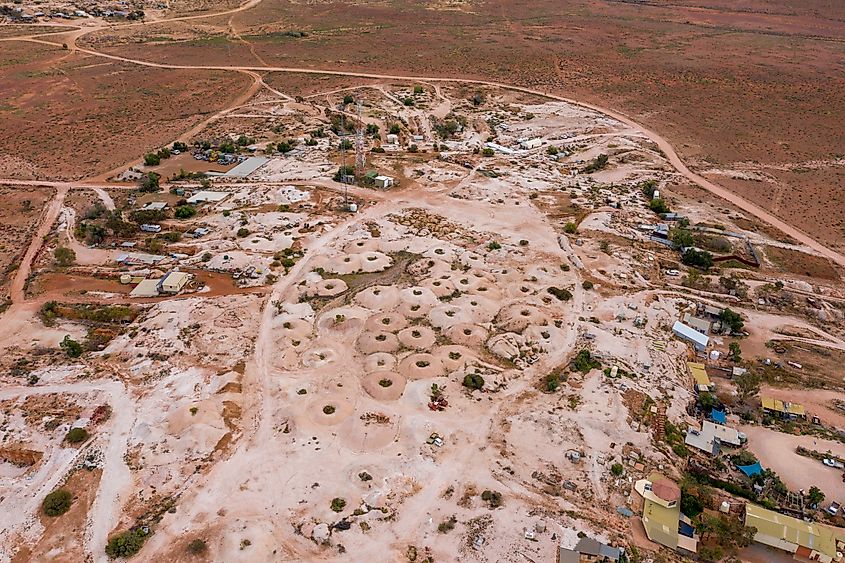
Located in the outback of New South Wales, White Cliffs is Australia's oldest commercial opal field. A rusted-out ancient pickup truck welcomes visitors arriving after a three-hour drive from Broken Hill. In fact, the drive is part of the town's offbeat charm. The Old Coach Road features the ruins of the Rockholes Hotel and spectacular rock formations, including Wana Karnu and Split Rock. The mining town’s odd attractions include tours of underground dwellings. It is impossible not to marvel at the sudden dip in temperature when you enter the airy space. A mining tour takes you some 13 meters beneath the ground, where miners still search for rare white opals and “pineapples.”
The harsh tundra of the White Cliffs Sports Club is one of Australia's most unique golf courses. Golfers tee off from an artificial turf mat, and the grass-free nine-hole course is an oddity with its dry riverbeds, saltbush scrub, and relics of rusting tractors. End your visit at the White Cliffs Underground Motel, where the dugout-style cave rooms maintain a comfortable temperature between 22 and 23 degrees Celsius.
Silverton, New South Wales
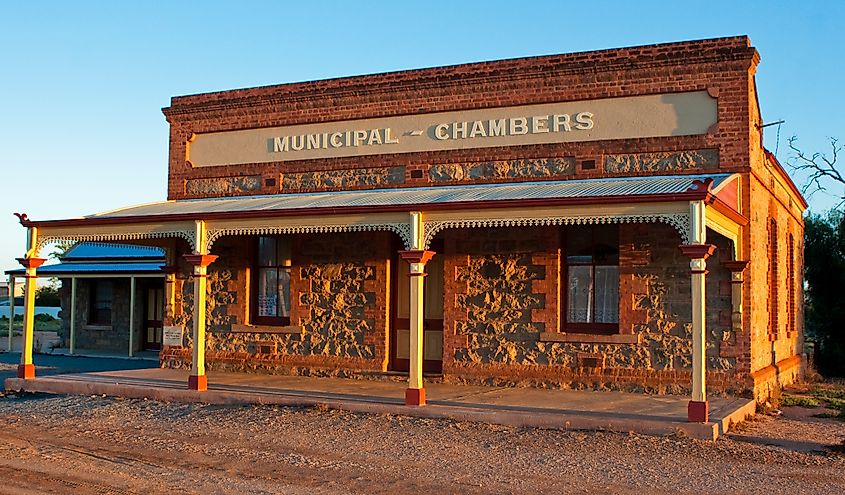
Just 25 kilometers from Broken Hill, Silverton’s distinct outback landscape has served as the authentic backdrop for many Australian films. The rusted-out silhouette of a movie camera on the Silverton sign gives a nod to the film industry. The edgy Mad Max 2 Museum’s post-apocalyptic world strikes an eerie sight on the barren outback landscape. The fully costumed, life-sized characters and iconic vehicles capture the dystopic ambience of the film. Outback artist John Dynon’s working studio shares that same dystopian feel with abandoned vehicles, a corrugated tin shed covered in old bikes, a life-sized model of Ned Kelly, and a collection of his offbeat art.
The Silverton Photography Gallery and Gardens hold true to the offbeat vibe with its collection of cameras and haunting outback photography. The gallery’s gardens feel a little too quaint until you spot the rusted-out farm equipment and unusual water features. After a day out, book a stay at the historic Silverton Hotel, the famed location for many Australian films. The pub serves cold beers and traditional pub classics, while the rooms offer a good night’s sleep after a day of Silverton exploration.
Oodnadatta, South Australia
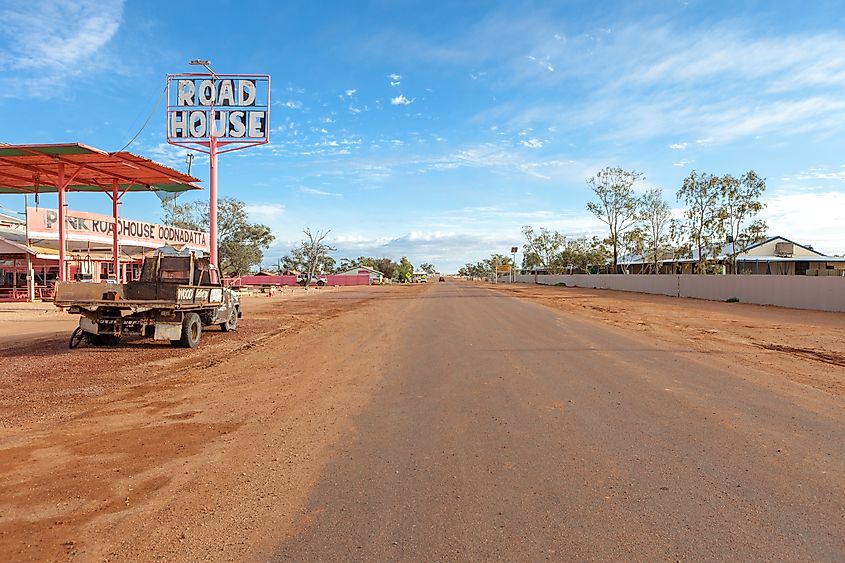
South Australia's Oodnadatta is known for its iconic Pink Roadhouse, a welcome sight to travelers along the 614-kilometer Oodnadatta Track. Outback adventurers can refuel, get weather and road condition updates, and gobble down a famous OODNABURGER! The Pink Roadhouse also offers cabins, budget hotel rooms, and camping areas. A short walk away lies the Oodnadatta Railway Station Museum, once a busy stop along the Old Ghan Railway line. A collection of photos, artifacts, and several pieces of rolling stock tells the story of the once vital railway line.
A notable and often useful town perk includes a free 20-minute driving loop called the “6x4.” This loop serves as a practice run, preparing newbie adventurers for traversing the outback's extreme conditions. About 60 kilometers from town, the steel skeleton of the Algebuckina Bridge spans the Neales River. It is the longest bridge along the Old Ghan Railway line.
Bungendore, New South Wales
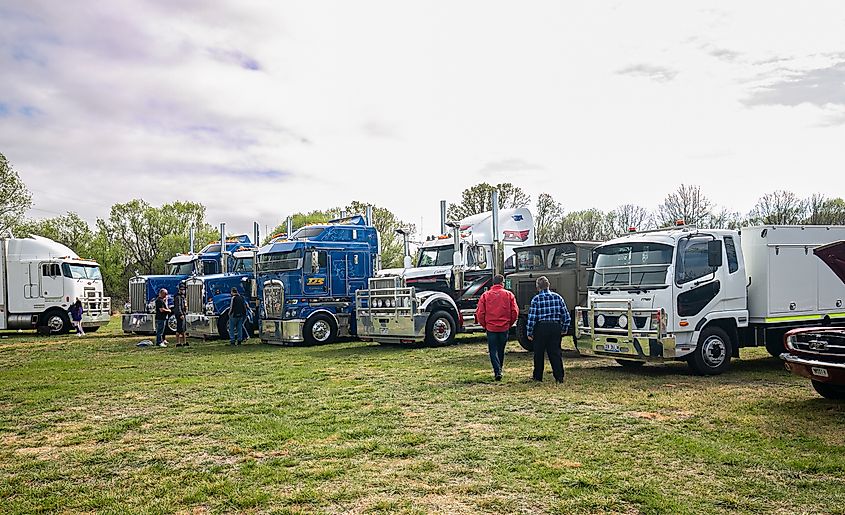
The historic village of Bungendore tends to be known as more quaint than quirky. However, the highway heading into town is home to an unusual form of wildlife. Since the late 1980s, teddy bears of all sizes, colors, and states of repair have mysteriously appeared, creating a growing Bungendore teddy bear colony. Likely leftover from a decade-old movement to protect local koalas, the teddy bears can appear silly and harmless or a little threatening and ominous, depending on your viewpoint.
In town, you can find some unique shopping experiences, including the vintage gold mine of clothing, oddball homeware, and knick-knacks at Phil's Emporium Op Shop. Bungendore Leather & Trading is a leather goods store featuring an eccentric museum and gallery of Australian rural artifacts and memorabilia. From yard whips to antique books and old scooters to saddlebags, it is a fascinating place of discovery. Afterward, take an unusual foodie tour hunting for the elusive luxurious truffle with the owner of Turalla Truffle. They grow highly coveted Black Truffles and offer truffle-inspired adventures, from hunts to truffle pop-up events featuring an all-truffle menu.
Marysville, Victoria

Marysville is located in the high country of Victoria, about 90 minutes from Melbourne. It is surrounded by the shaded gum trees and fern-covered forest floors of the Yarra Ranges. It is in these calming forests that South American artist Bruno Torfs displays his eclectic sculpture garden. The terra cotta sculptures set against the splendor of nature create a surreal art experience. Wander garden paths where over 120 sculptures appear out of the greenery, including several restored works damaged during the Black Saturday Fires.
About 30 kilometers from town lies a displaced redwood forest where the mighty trees soar as high as 55 meters. Planted in the 1930s, the forest is also the playground of local artist David Digapony. Secured among the trees, his massive circles woven from sticks feel both whimsical and mystical. Welcoming stays include the Tower Motel’s boutique chic rooms and relaxing rooftop garden, or full-service Peppers Marysville, where you can dine in class at Andiamo Restaurant & Bar, luxuriate with pampering spa treatments, and fall asleep between silky soft sheets.
Katoomba, New South Wales
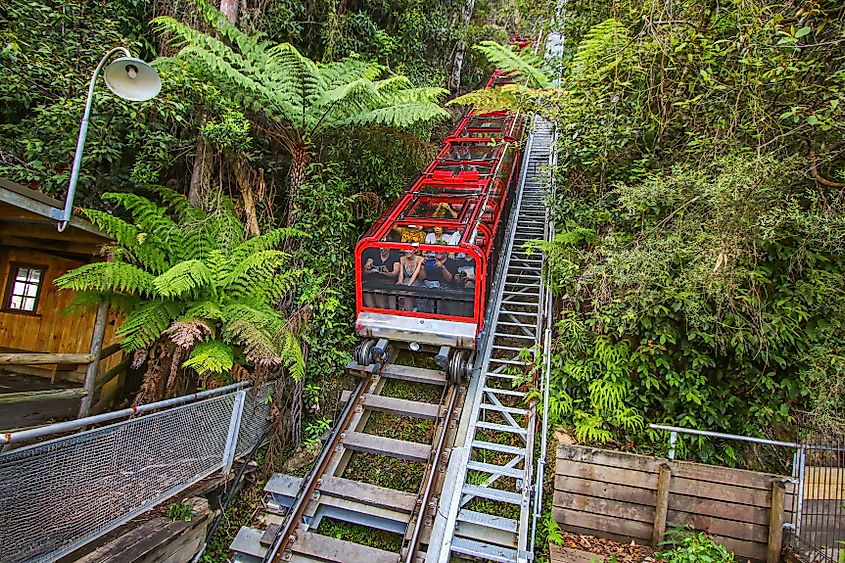
Scenic Katoomba sits in the Blue Mountains region of New South Wales, where the natural surroundings offer stiff competition for the town’s slightly edgy side. Katoomba’s Beverly Place precinct is an ever-evolving streetscape featuring massive murals from the most talented Australian and global street artists. Odd Mountain’s collection of curiosities, antiquities, and artwork offers a peek at what one might find in the Wonder Cabinets of bygone days.
Even the natural attractions of Katoomba have a curious appeal. The Giant Stairway leading to the Three Sisters rock formation includes metal stairways and steps carved into the rock. Ascending from the Jamison Valley up to the imposing rocks, there are 800 stairs climbing over 1,000 feet in elevation. The Three Sisters themselves are spiral rock formations rising out of the Blue Mountains. Blue Mountains National Park offers advantageous perspectives of the rock formations and spectacular views of Jamison Valley from the Three Sisters Walk. The walk also takes you through a spectacular eucalyptus forest where you might spot lovely lyrebirds and crimson rosellas.
Winton, Queensland
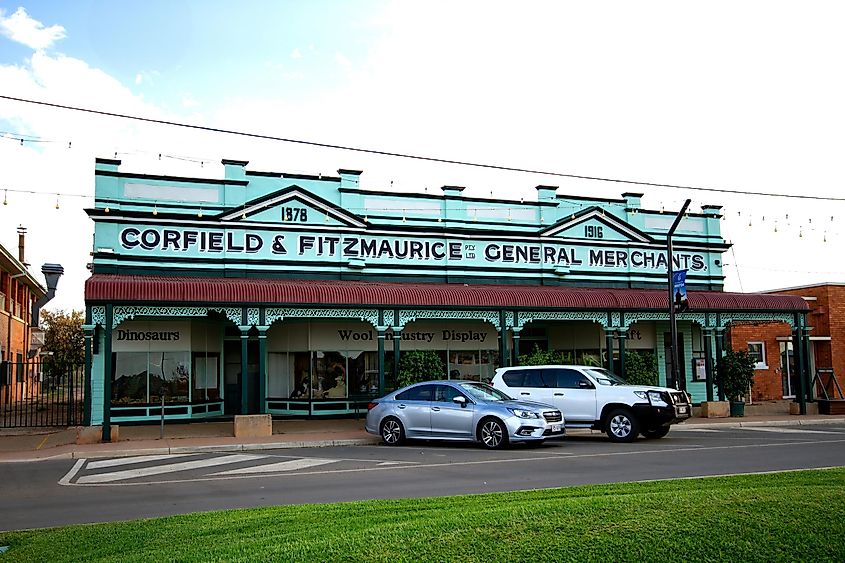
Winton is located in the central west region of Queensland. While best known as the dinosaur capital of Australia, it is also the birthplace of Australia’s most beloved ballad, Waltzing Matilda. The only museum in the world dedicated to a song memorializes the ballad. The eclectic, award-winning architecture of The Waltzing Matilda Centre features a statue of the composer, Banjo Paterson, standing proudly at the entry.
The music theme runs strong in the town where percussionist Graeme Leak’s Winton Music Fence invites visitors to unleash their musical genius. The Music Fence is not the only wall of interest in town. Arno’s Wall is the work of German immigrant Arno Grotjahan, who moved to Winton after discovering a respectable chunk of opal in the 1960s. He spent his life building a wall over two meters tall and 76 yards long using concrete, rock, and bizarre “finesses” from old lawnmowers and boat parts to crockery and vintage typewriters to motorbikes.
The Crackup Sisters House, Yard, and Dustarena is a wacky outback attraction. The circus-like atmosphere and infectious energy make it impossible to resist getting involved. It is an eccentric museum, a crazy art gallery, and an off-the-wall performance art venue. Rangeland Outback Camp is quirky chic. Imagine luxury solar-powered tents, chef-prepared meals served in an exclusive dining lounge, and a private deck with spectacular panoramic views.
Finishing Thoughts
Australia’s quirkiest towns appeal to the edgy, adventurous traveler bored by common tourist attractions. From unusual rock formations to underground hotels and oddball boutiques to enchanting art discoveries, these 12 towns offer offbeat destinations found on the country's less-traveled roads. Pack your bags and take this list on your next Australian getaway to discover the lesser-known and often overlooked towns across the country.
